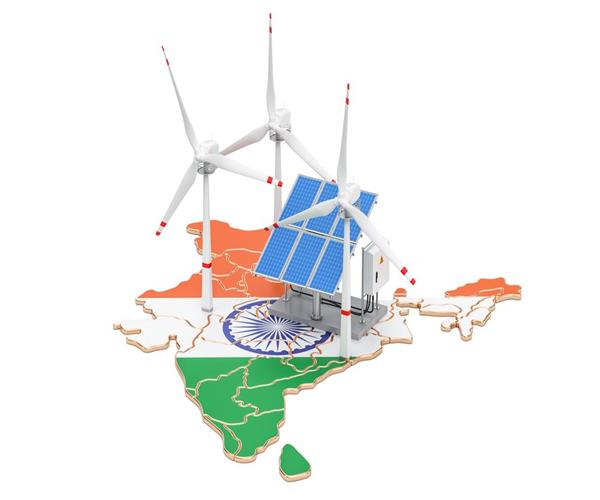The Future of Solar Energy in India: Bright and Promising
As India continues to grow and develop at an unprecedented pace, the demand for energy is also increasing rapidly. India is currently the world’s third-largest energy consumer, with a majority of its energy coming from non-renewable sources like coal and oil. However, the increasing concerns about the negative environmental impact of non-renewable energy sources have led to a growing demand for cleaner and greener sources of energy. In this context, solar energy has emerged as one of the most promising sources of renewable energy in India.
Current State of Solar Energy in India
India has made significant progress in the adoption and expansion of solar energy over the past decade. The country’s solar capacity has grown from a mere 10 MW in 2010 to over 40 GW in 2021, making India one of the world’s largest solar energy producers. The Indian government’s ambitious target of achieving 175 GW of renewable energy capacity by 2022, of which 100 GW is to be generated from solar, is a testament to the country’s commitment to clean and sustainable energy.

Advantages of Solar Energy in India
There are several advantages of solar energy that make it an attractive option for India's energy needs.
- Firstly, India has abundant solar resources, with an average of 300 sunny days in a year. This makes it an ideal country for solar energy production.
- Secondly, solar energy is a clean source of energy and can significantly reduce the country’s carbon footprint, which is a major contributor to climate change.
- Thirdly, solar energy is becoming increasingly affordable and cost-competitive with traditional sources of energy.
- Finally, solar energy can also help to decentralize power generation, bringing electricity to remote and underdeveloped areas.
Challenges of Solar Energy in India
Despite the significant progress made in the solar sector, there are still several challenges that need to be addressed for solar energy to become a major source of energy in India.
- One of the biggest challenges is the high initial cost of setting up solar power plants, which can deter many potential investors.
- The lack of adequate and reliable grid infrastructure is another major challenge that can hinder the integration of solar energy into the grid.
- Finally, the Indian government’s tendency to cancel or renegotiate solar power purchase agreements can create uncertainty for investors and hinder the growth of the solar industry.
Conclusion
The future of solar energy in India is bright and promising. The Indian government’s ambitious target of achieving 100 GW of solar energy capacity by 2022 and its continued focus on promoting solar energy are clear indicators of the growing importance of solar energy in India's energy mix. Despite the challenges, the solar industry in India is expected to continue to grow, driven by the increasing demand for clean and sustainable energy, falling solar panel costs, and the country's abundant solar resources. As India continues to grow and develop, the role of solar energy in powering the country's future cannot be overstated.